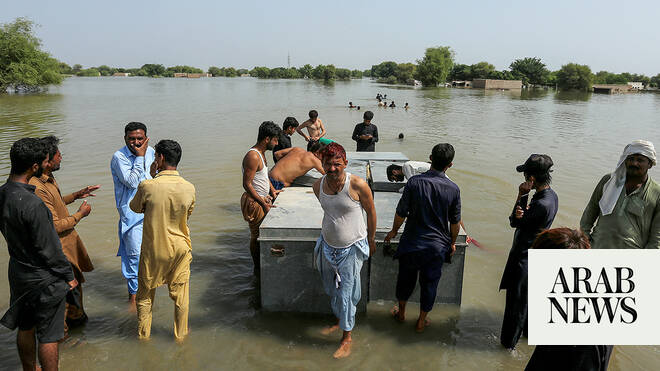

Taylor Swift’s latest studio album, The Life of a Showgirl, has just enjoyed a second week on top of the Billboard charts, after smashing all-time sales records on its debut.
In the United States alone, it sold more than four million…

Researchers at the Francis Crick Institute have found that hunger can make virgin female mice aggressive towards pups, but only in certain hormonal states. These mice would usually ignore other females’ pups or show parent-like…


KARACHI: Pakistan Air Force (PAF) Chief Air Marshal Zaheer Ahmad Babar Sidhu on Wednesday…
This request seems a bit unusual, so we need to confirm that you’re human. Please press and hold the button until it turns completely green. Thank you for your cooperation!
This request seems a bit unusual, so we need to confirm that you’re human. Please press and hold the button until it turns completely green. Thank you for your cooperation!

CALIFORNIA – Suzanne Somers may have died two years ago, but her husband of 55 years says he has a unique plan to keep her memory alive. Alan Hamel told People magazine that he’s been working on an artificial intelligence clone of his late…